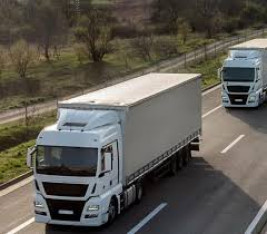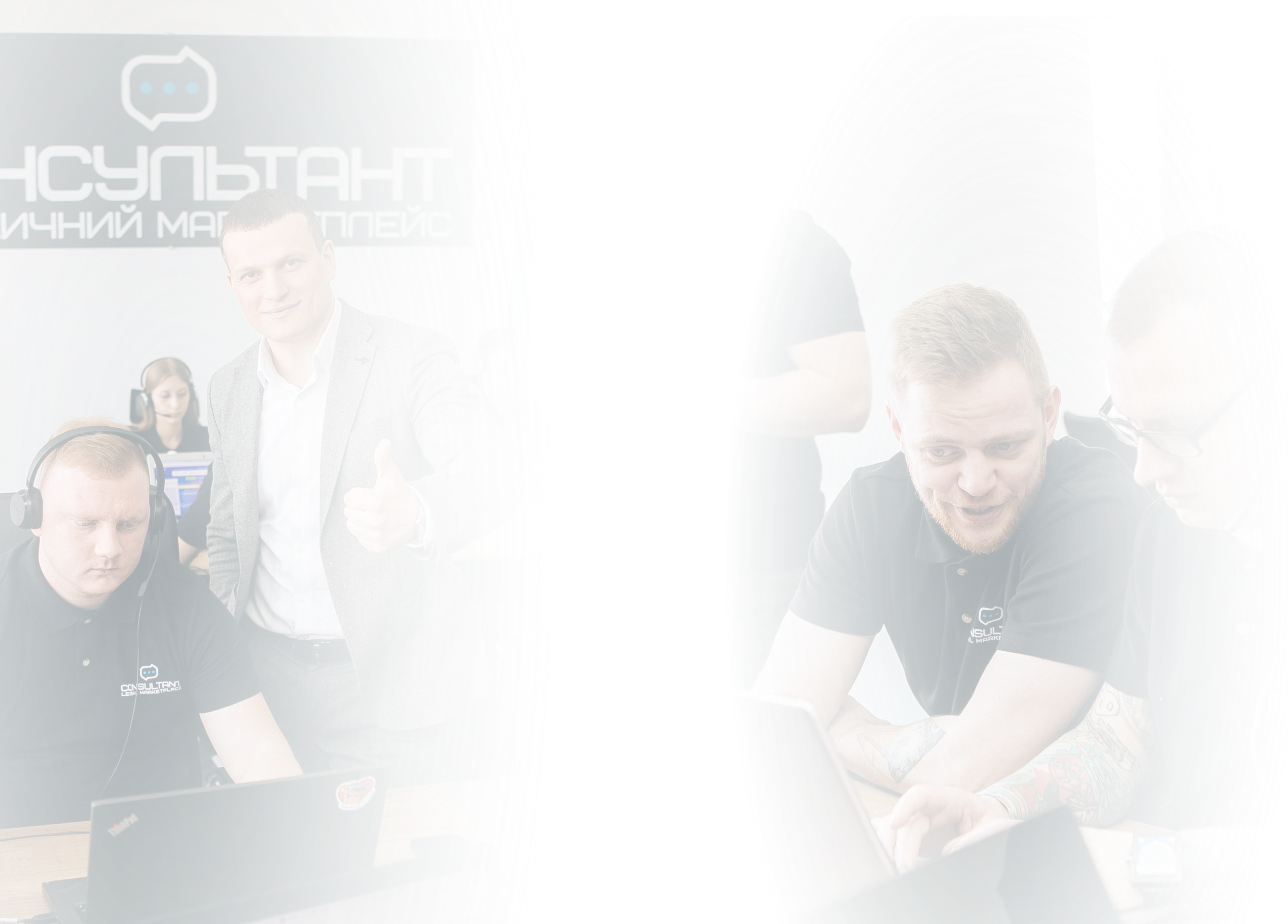Automate logistics and fleet management processes
In today's transport business, effective management of the vehicle fleet and logistics processes is a key factor in reducing costs and increasing the company's competitiveness. Automating logistics and fleet management processes allows you to control transport movements, optimise routes, reduce fuel costs and ensure transparency of accounting. It is important for entrepreneurs in Poland to know how to implement such systems correctly — we will not only explain the stages, but also guide you through each of them!
Stages of automation implementation
The process of logistics and fleet management automation usually includes the following steps:
- Analysis of the company's needs — assessment of existing processes, identification of bottlenecks and tasks for automation.
- Selection of software and equipment — GPS monitoring systems, logistics platforms, integration with accounting programmes.
- Preparation of internal documents and regulations – development of system usage policies, staff training.
- System implementation and integration with other processes – installation of equipment on vehicles, software configuration, integration with CRM and ERP.
- Testing and staff training – checking the system's operation, training drivers and dispatchers. .
- Monitoring and optimising processes – regular analysis of effectiveness and making changes to improve performance.
Following these steps ensures smooth operation of the system and maximum automation efficiency.
Legal aspects of automation
The implementation of automated systems in a transport company requires not only technical preparation but also legal support. It is necessary to ensure that monitoring systems comply with Polish law, protect drivers' personal data in accordance with the GDPR, draw up internal regulations on the use of GPS and fleet management software, and integrate automated systems with reporting and accounting. Proper organisation of these processes allows the company to minimise risks, ensure transparency and control over the work of personnel and vehicles.
Key tools and solutions for automation
For effective automation, companies most often use:
- GPS monitoring of the vehicle fleet and route control;
- Logistics platforms for transport planning and resource allocation;
- Fuel management and transport cost accounting systems;
- CRM and ERP for integrating customer and delivery data;
- Analytical and reporting modules for evaluating fleet efficiency;
- Mobile applications for drivers and dispatchers for operational communication and control.
Modern tools allow companies to gain complete control over logistics and fleets, reduce costs, and improve customer service.
ConclusionAutomation of logistics and fleet management processes allows you to increase the efficiency of your fleet, optimise costs and ensure control over processes. Compliance with implementation stages, legally formalised procedures and the use of modern tools guarantee the successful implementation of the system and increase the company's competitiveness.


































